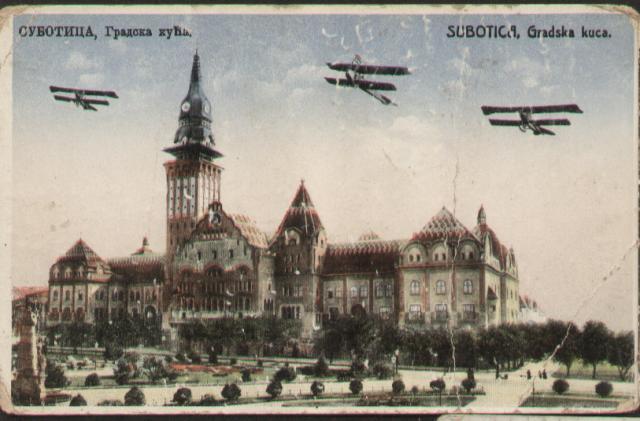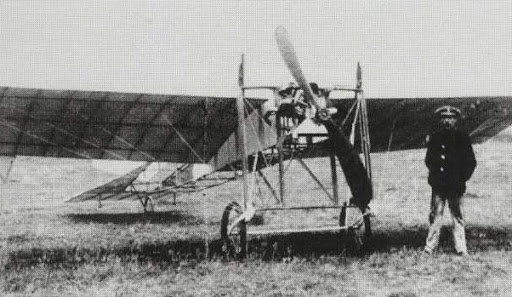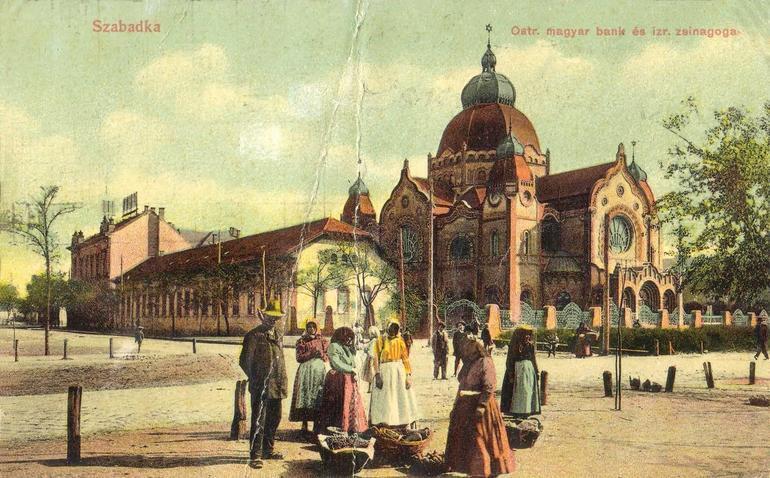1854. - 1868.
Art & Culture
The city theater was opened in 1854, and the first music school was opened in 1868.
1896th year
Power plant and tram traffic
In 1896, a power plant was built, and the following year, 1897, tram traffic was put into operation.
1869th year
Subotica was included in the railway
Subotica is included in the railway that connected Szeged and Rijeka, and in 1882 the main railway between Budapest and Zemun was put into operation, making Subotica an important railway junction, which influenced the city to gradually become an important industrial-commercial, sport- oriented, tourist-friendly and spa-equipped urban center.
1885.
Craftsmen are fighting for their rights
In 1885, the Association of Craftsmen was founded, which united the work of a large number of craftsmen from Subotica, but at the same time helped them solve their problems.
1899th year
Cinema and theatre plays
The first cinema play was shown by Angelo Bianchi from Pécs in 1899, and Aleksandar Lifka, who opened a permanent cinema in 1911, leaving the deepest trace in this art.






